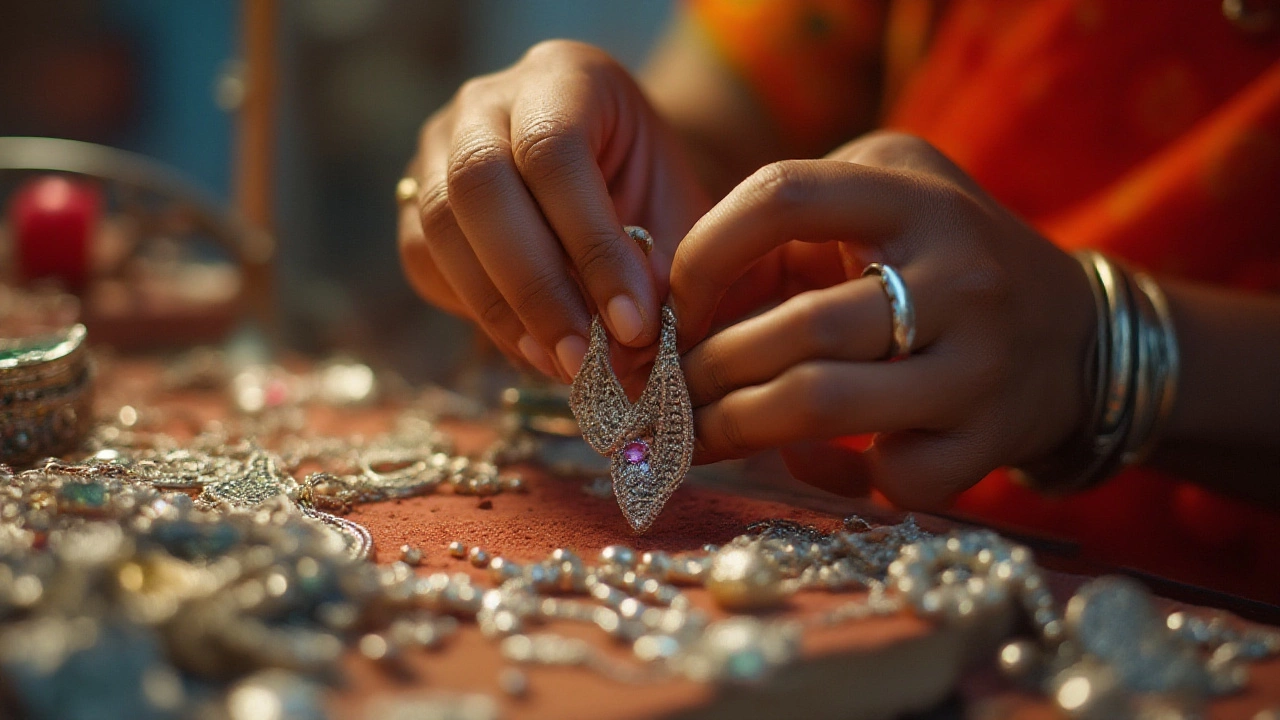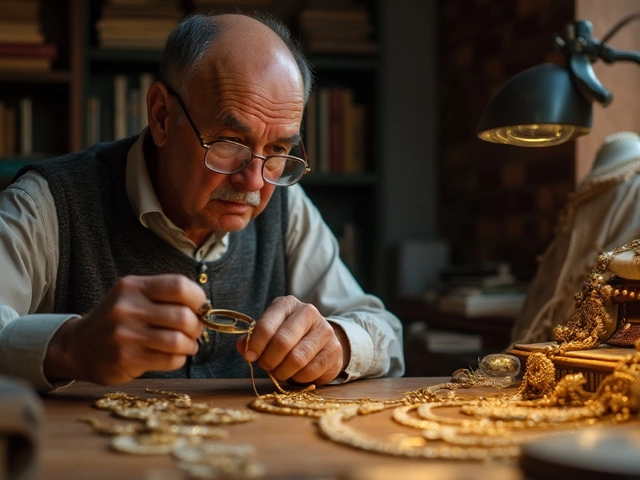Silver Purity Marks: What They Mean and How to Check Your Silver
When you pick up a silver piece, the tiny stamp on it is the first clue about its quality. Those marks tell you the metal’s purity, the maker, and whether it’s been checked by the BIS (Bureau of Indian Standards). Knowing how to read them saves you from paying for a fake and helps you buy with confidence.
Common Silver Hallmarks in India
In India you’ll see a few standard stamps on genuine silver. The most common is 925, which means the alloy is 92.5% pure silver—also called “sterling silver.” Some older pieces carry 800, indicating 80% purity, but those are rare today. Look for the BIS logo, a triangle with a “BIS” inside; it proves the item passed a government test.
Another useful mark is the maker’s symbol. It’s usually a set of letters or a logo that identifies the jeweller or company. You can verify the maker online or ask the seller for a reference. If the stamp is missing, faded, or looks uneven, treat the piece with caution.
Easy At‑Home Tests for Silver Authenticity
The magnet test is the fastest check. Real silver isn’t magnetic, so if a magnet sticks, the item is likely made of steel or another metal. This doesn't prove it’s pure silver, but it rules out obvious fakes.
The ice test is a simple trick for sterling silver. Place an ice cube on the metal; real silver conducts cold quickly and the ice will melt faster than on a gold or copper piece. It’s not a scientific measure, but it gives a handy visual cue.
For a more reliable check, use a nitric acid test kit. Apply a tiny drop of acid to a hidden spot; genuine 925 silver will turn creamy white, while lower‑grade silver or copper will turn green. Always wear gloves and work in a well‑ventilated area.
If you’re still unsure, take the item to a certified jeweller or a BIS testing centre. They have professional equipment and can provide an official hallmark certificate. It’s worth the small fee if you’re buying an expensive antique or an investment piece.
Remember to keep the hallmarks clean but not polished away. Over‑polishing can erase the stamps and make future verification harder. Store your silver in a soft cloth pouch, away from harsh chemicals, to keep the marks intact.
By understanding these purity marks and running a couple of quick tests, you’ll feel stronger about any silver purchase. It’s a small effort that protects your money and helps you enjoy genuine, beautifully crafted silver jewelry for years to come.
What Does 833 Mean on Jewelry? Silver Purity, Value, and Buying Tips
Learn what the '833' stamp means on jewelry, how it compares to other silver purity marks, and what to look for when buying or selling 833 silver pieces.





